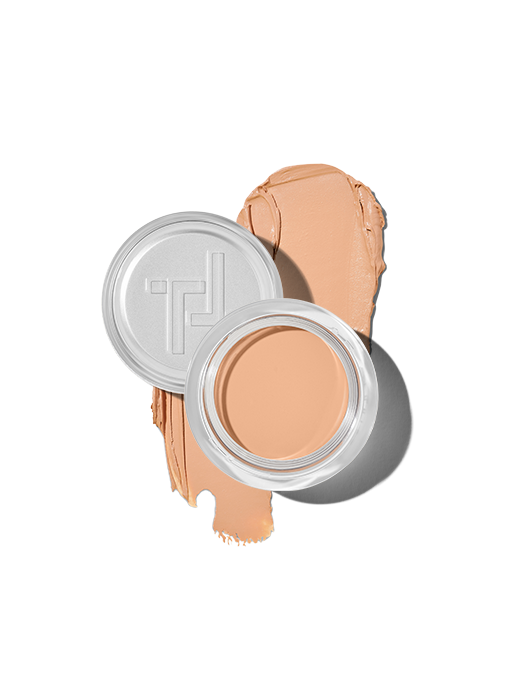
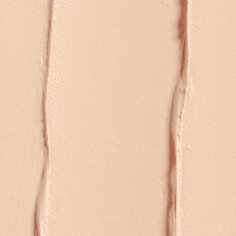
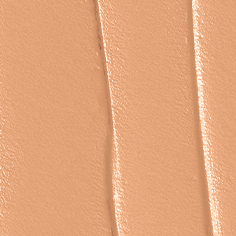
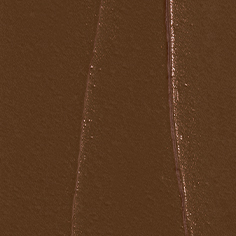 25 shades
25 shades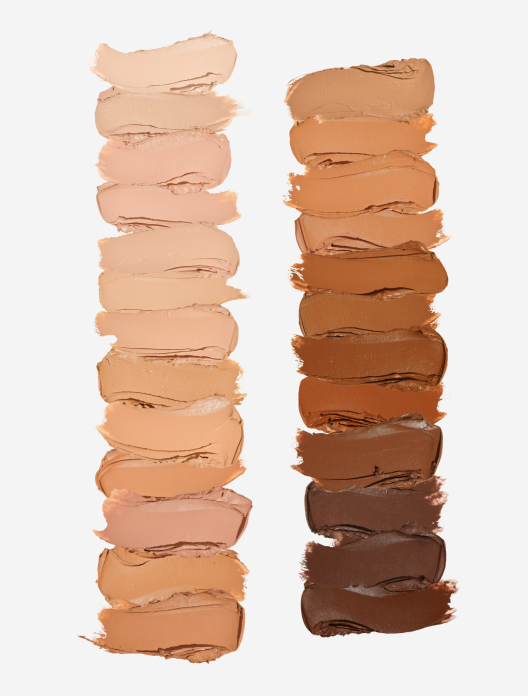
EU free standard delivery on orders over €150

Our skin can look and feel entirely different from one day to the next. One morning, you might find a clear, content complexion staring back at you in the mirror, only to wake up the following day to find your skin has seemingly conspired against you overnight. Blemishes, redness, dark circles and hyperpigmentation can make us feel less confident about our skin, and mean we want to build up our foundation coverage in the areas they occupy.
There are other reasons why you might want to build up foundation coverage too. Maybe you have a scar or a birthmark that you feel self-conscious about, and feel more confident when it’s blurred beneath a veil of foundation. Or, you might simply prefer the look of a more built-up base compared to a soft whisper of barely-there coverage.
Whatever your reasons are for wanting to layer up your foundation, the good news is that it is entirely possible to do so in a way that still looks very natural, and not at all cakey or mask-like.
Everything you need to know to build up your foundation coverage.
All makeup sits smoothly and more comfortably when applied to skin that’s been well looked after. Think of it like this, you’d much rather sit on a soft, plump cushion than a rough, splinter-laden bench. It’s not just the skin prep you do on the day that counts too. To really reap the benefits, and boost your skin confidence in the process, commit to a consistent daily skincare routine focused around five key steps.
Cleanse
First up, cleansing. We all know how to wash our faces right? Wrong. A swipe of a makeup wipe or a slick of micellar water won’t cut it when it comes to removing daily grime, makeup and SPF from the skin, leaving dullness and breakouts in their wake. Upgrading to a cleansing routine that involves running water is a step in the right direction, while washing your face once in the morning, and double cleansing in the evening, will be a real game-changer. Double cleansing essentially means cleansing once to remove surface-level impurities, and a second time to give the pores a proper clear out. Our skin goes through a lot in a day, and cleansing twice in the evening will help it to reset. In the morning, there’s no SPF or makeup to remove, so once is enough.
Exfoliate
If your skin texture is bumpy, or you suffer from congestion, blemishes, dullness or dryness, you could benefit from a liquid exfoliant. They work by breaking down the bonds that hold old, redundant skin cells to the surface, revealing the softer, clearer, brighter skin beneath. Poly-hydroxy acids are the gentlest, and great for anyone with sensitive skin or that’s new to the category. Alpha-hydroxy acids are great for tackling dryness and lack of glow, while oil-loving beta-hydroxy acids can help to prevent breakouts.
Serum
Your serum is the part of your skincare routine with the highest concentration of active ingredients and is your opportunity to really target your most pressing skin bugbears. Think ingredients like hyaluronic acid for hydration, vitamin c to brighten, and niacinamide to balance oil. In most cases, the gripe you��’re tackling with skincare will be the same you’re building foundation coverage to cover. By helping to address them with skincare, you’ll improve the overall appearance of your skin both with and without makeup.
Moisturise
Moisturising day and night will help to keep skin feeling soft and plump. “Makeup will always sit better if your skin is prepped and hydrated,” explains Katie Levy, Pro Makeup Artist at Trinny London. “Make sure your skin is moisturised and that it has had time to sink into the skin properly. Often when people say their foundation doesn’t sit right on top of skincare, or that it rolls, it’s because they haven’t given their moisturiser enough time to absorb. Try allowing 10 minutes between your skincare and moving on to your makeup.”
SPF
Finally, SPF is a non-negotiable part of your skincare routine. Those pesky UV rays (which are present all year round, not just during the summer) are responsible for types of hyperpigmentation like melasma and age spots – the very kind you might be using your foundation to disguise. SPF can help to prevent these in the first place, as well as helping existing marks from deepening.
Not all products lend themselves to layering, in the same way that a voluminous blouse is much harder to layer than a slim-fit white T-shirt. Some tinted moisturisers and foundations dry very quickly, meaning there’s not a lot of playtime to create light, natural-looking layers. Some formulas can congeal and pill too, leaving you with bobbly bits across your complexion.
Opt for a buildable, medium or full coverage foundation to instantly achieve more coverage without having to work with too many layers. Lightweight yet long-wearing, BFF All Day is our medium, natural matte foundation that blends easily into the skin without caking, creasing or settling into fine lines. Enriched with pro-ceramide and vitamin B3, our breathable formula smooths skin and reduces the appearance of fine lines.
There are certainly perks to applying foundation with your fingers or a brush. But, when it comes to building up foundation coverage, using both in tandem is best. “Sometimes when we just use our fingers the finish can be patchy,” says Katie. “But equally I wouldn’t recommend going straight in with a brush because most people end up putting too much on.”
“I would instead start by dotting the product on with your fingers in the areas you need coverage. Look in the mirror and make sure you’re comfortable with the placement, and then use your brush to soften it off and build it up. If you need to go back, because you’ve softened it off too much or want to add more, repeat the process until you’ve built as much as you want. It looks smoother and more flawless by doing it this way.”
When you’re short on time, it’s tempting to smother on a barrage of foundation in one go. Unfortunately, this won’t have the desired effect, and can leave your complexion looking false. Building up in light layers will not only reward you with a more flattering finish, but will also mean you’re not wasting any product. You’ll probably find you need far less than you thought you did too.
“Always work in light layers,” advises Katie Levy. “I would apply what you need with your fingers, before blending out with a brush. Just try not to use your brush like you’re pasting wallpaper because you’ll move the product too much. Have a very soft, light hand and move more with the wrists. Gripping your brush like a pencil is great if you’re going into detail, but when you’re applying base you want it to be light and fluffy. In areas you’re building coverage in, working in light, circular motions will buff the product more.”
“It’s up to you how much coverage you want and where you feel you need it,” explains Katie Levy. “But, if you apply too much foundation all over then that’s when it tends to look too heavy. My advice would be to keep the majority of the foundation in a diamond shape in the centre of your face, covering the forehead, nose, chin and cheeks. From there, buff and blend out to soften the edges. Of course, if you’ve got scars, a birthmark or blemishes across the edges of your cheeks, jawline, or neck, then obviously build in those areas first and blend from there.“ Everyone is different, and everyone’s skin is different. ”
In an ideal world, the transition from foundation to skin should be a seamless one. So, in order to make this a reality, and to avoid any tide-esque lines, you’ll need to bring your foundation beyond your jaw. How far you go when building your foundation will depend on where you’re focusing the majority of your coverage, as well as whether your face, neck and chest are naturally a similar colour.
“Never just stop at the jawline – it’s always better to blend down the neck,” says Katie Levy. “For me, I like to take whatever product is left on my brush and blend about halfway down the neck. If someone has got a lot of redness in their face and chest, yet their neck is quite light, it would be good to go all the way down to the decolletage with their foundation. Blend until it blends into nothing as it will look softer.”
Shop the article



 25 shades
25 shades
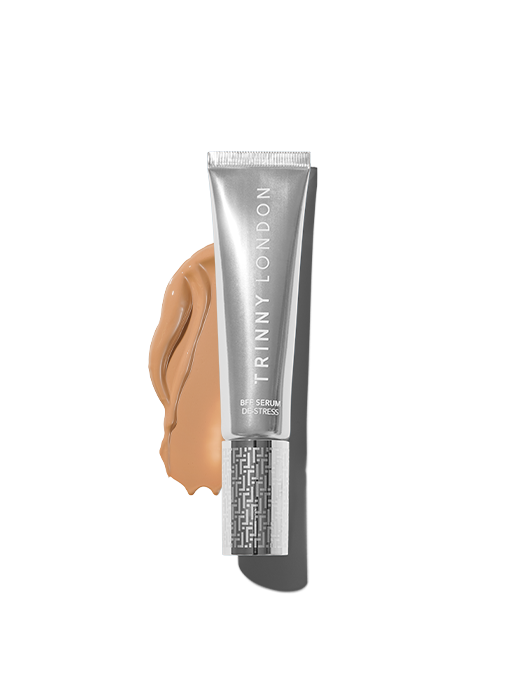
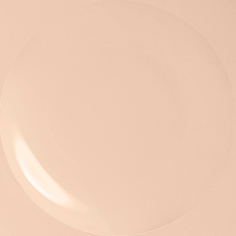
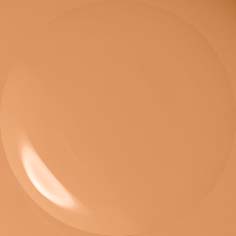
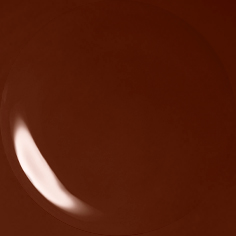 12 shades
12 shades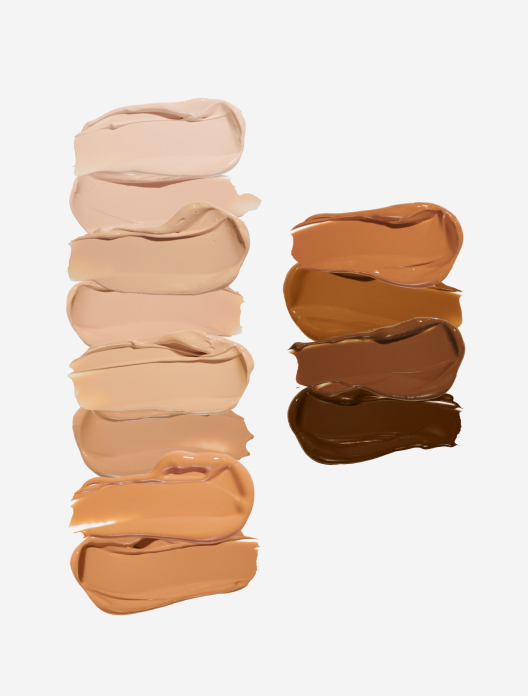
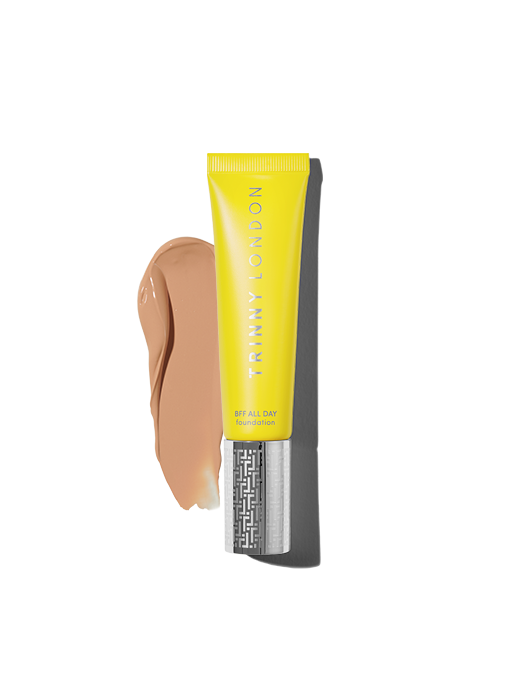
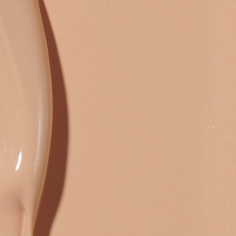
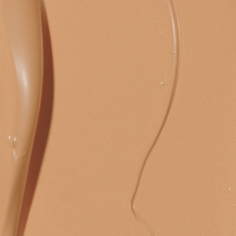
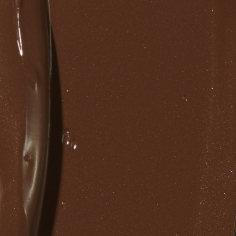 18 shades
18 shades